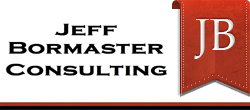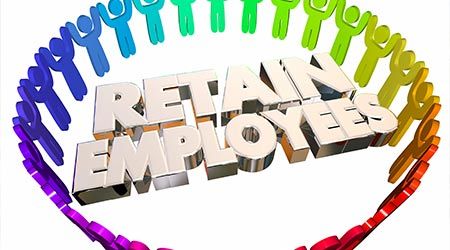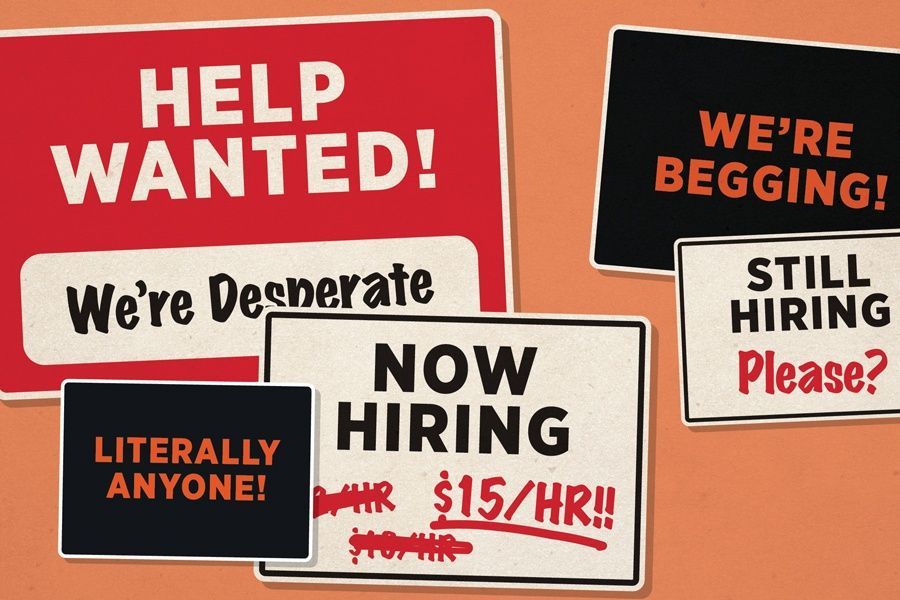Did you know?
- By 2015, the majority of the workforce will be Generation Y.
- 1 in 3 college students and young professionals under age 30 prioritize social media freedom over salary in accepting a job offer.
- Nearly 60% of Generation Y has switched careers at least once already. (Pew Research Center, A Portrait of Generation Next, 2010)
- Generation Y (1982-1995) now outnumbers Baby Boomers in the workforce.
- 70% of college grads leave their first job after graduation within two years.
- 75% of employed Americans are currently looking for jobs.
- 50% of human resource departments have not adjusted recruiting in the past 3 to 5 years.
- Only 1/3 of Generation Y say their current job is their career.
- 60% of Generation Y don’t feel they earn enough money.
- 43% of Generation Y think they could easily find another job if they lost their current one.
- 25% of nonprofit employees under age 55 expect to leave their jobs in a year; 40% within 2-4 years.
- 32% of people say they waste time at work because there is no incentive to work harder.
- 18% of employees are looking for new job opportunities in the next 3 months.
- More than half of 18-44 year olds are looking for a job with a company that offers flexible work options.
- 30% of employees consider job growth a major factor when considering a job offer.
- 40% of new employees say company morale not what they expected.
- Fewer than 1 in 3 American workers are committed to the success of their organization and are engaged in their work.
- 72% of Generation Y workers at a “regular job” say they want to quit, and 62% say they will in the next 2 years.
- 67% of Generation Y admit that on day one of a new job, they’re already thinking about looking for another job.
- 72% of Generation Y employees entering the workforce want to make a direct social and environmental impact.
- 75% of Generation Y employees want mentors.
- 91% of Generation Y employees don’t expect to stay more than three years at any given job.
- 89% of Generation Y wants to choose when and where they work.
- 88% of Generation Y considers positive culture to be essential for a dream job.
- Only 57% of employees feel they have the training they need to succeed.
- By 2020 46% of the workforce will be Generation Y.
Source: XYZUniversity.com educates and prepares organizational leaders for the future, 2015
On page 3 is the US census Bureau census data on the generations.
What does this say to us as the leaders of social service and educational institutions?
It’s time for us to change how we run our organizations, supervise our staff, and change our HR hiring and retention practices so they are supportive of our incoming workforce and still provide the employee performance accountability we need to secure the results and funding required to operate.
For the past 5 years I have been educating organizational leaders on the changing workforce, their changing needs, and our need to change our practices. We cannot assume the Generation Y workforce will simply “put up” with our antiquated practices that they as a generation find offensive and which will cause us to have ongoing workforce retention issues (as you can see in the results above). This leads to poorer organizational performance because every time we have turnover in staff we a period where new staff need to be trained and “ramp up” to success.
This year, the “Millennial” generation is projected to surpass the Baby Boom generation as the nation’s largest living generation, according to the population projections released by the U.S. Census Bureau last month. Millennials (whom we define as between ages 18 to 34 in 2015) are projected to number 75.3 million, surpassing the projected 74.9 million Boomers (ages 51 to 69). The Gen X population (ages 35 to 50 in 2015) is projected to outnumber the Boomers by 2028.
Here is my top 10 list of common organizational practices that Generation Y find unacceptable, as should we all.
- Job descriptions that tell me behaviorally what I need to do to get an “A.”
- How to do practice goes in a Practice Guide not in a job description. The job description would say what the A employee needs to do: operates according to the practice guide. All of the “how” is not in the job description but in a behavior-based practice guide.
- Job description that does not include “other duties as assigned.”
- Supervisors who give me regular feedback on performance through regular supervision.
- A Supervisor who coaches for success. Supervisors stop using threats of disciplinary action and telling employees what they need to do and move to a success-focused coaching model. This is a skills set that must be taught and that the senior leader must hold all supervisors, including him/herself, accountable to practice. Supervisors are trained and held accountable to practice supervision using Supervision for Success, a researched based practice model. Behind this practice model is a basic principle of psychology, how those who have power over us (from the CEO down) set the model for how we treat those we have power over. This parallel practice is essential for all organizations to understand and examine of what we are doing from the top down is setting the model for how we want our leaders and supervisors to be treating our staff and then that translates into how our staff work with our clients/customers/students. For more on parallel practice you can read my Leading Outside the Box for June 2013 available on my website.
- Eliminate progressive discipline and replace it with a personal responsibility model. For more on the model you can read my Leading Outside the Box for January and February 2015 available on my website.
- Move from Annual Evaluations to periodic performance reviews based on how frequently the employee is achieving each of its job duties. For the job duty, operates according to the practice guide the highest score an employee can get is an A which means Always. Our old scoring system of 1 = poor, 2 = unacceptable, 3= meets expectations, 4 = exceeds expectations, 5 = outstanding says to employees if you do your job you get a “3” which is a “C” on a 5 point scale. This is a demotivator.
- An organization that supports work-life balance. Baby boomers self-define through their work. Neither Generation X nor Generation Y see work as how they self-identify. They see work as a means to a life not their “life’s work.
- A retention process that actively supports employee growth and development. The long-standing practice is to ask employees to write and annual improvement goals plan for what they will do to do a better job next year. What we want to do is write performance success plans focused on getting to “A” performance and then switch to a development plan to help the employee get ready for their next job/promotion. We then actively work with the employee to implement that job development readiness plan. This contrasts the traditional scenario of write the plan, put it in the file, and look at it in a year when we write the next plan.
- As an organization create a culture of respect and transparency.
Learn to ask for and listen to input from all staff. Stop making decisions impacting staff in the senior leadership meeting or behind closed doors in HR.
Generation Y are clear they are not included. That is a key part in why they disconnect, disengage and depart. Our goal is to create an open culture which a shared sense of ownership and connected commitment to mission.
Begin by educating your senior leadership on our multi-generational workplace and open the discussion of what Generation Y wants in the workplace and what we, the organizations’ leaders must be willing to change to attract and retain them.
If you thing your organization is an “A” organization for recruiting and retaining Generation Y, then ask for an outside organizational assessment to see if what you believe is true is in fact true for your organizations. That consultant will examine your current practices and make recommendations for how to become an Employer of Choice for Generation Y.
Is “being an employer of choice for Generation Y” one of your organization’s strategic goals?
The senior leadership must be who leads the transformation of your agency into one that successfully recruits and retains a Generation Y work force and achieves high program performance. This is not an HR initiative, it is a strategic initiative for the whole organization and must be championed by the CEO as s/he sets the model for the organizational culture and how it functions.
Because the bottom line is the organization does not achieve results, your direct service work force is who achieves results with clients.
If you want to change your bottom line, feel free to contact me for more information on how to make this organizational trans formation a reality for your agency and its successful future.
LEADING FROM OUTSIDE THE BOX is a monthly newsletter for human services leaders.
Its purpose is to challenge your thinking and help you improve organizational and outcome performance.
To receive your copy free, simply email Jeff Bormaster and ask to be added to the mailing list. Feel free to share these newsletters with other human services leaders, simply include the contact information.
You can read previous issues of Leading Outside the Box at www.jeffbormasterconsulting.com/topics












